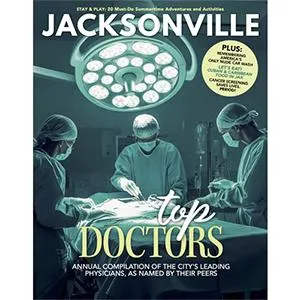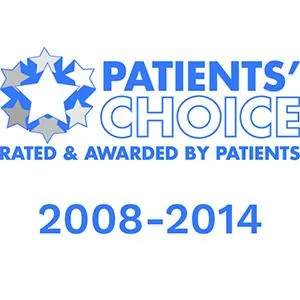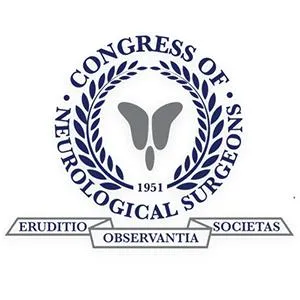Surgical Solutions
Spine Surgery
Expert surgical care with a conservative-first philosophy
At Desert Spine and Pain, surgery is never the first step—it’s the right step when it’s truly needed. Most people improve with Non-Invasive Treatments and, when appropriate, Pain Management Injections. If disabling pain or progressive nerve symptoms persist, our team—led by nationally recognized neurosurgeon Dr. David L. Greenwald, M.D., FAANS, FACS—offers advanced minimally invasive and reconstructive spine surgery right here in Phoenix. Our promise: clear explanations, careful preparation, and a step-by-step plan so you know exactly what to expect.

Over 100 5-Star Reviews!

Types of Spine Surgery

Minimally Invasive Surgery (MIS)

Discectomy Procedures

Fusion Procedures

Stenosis Surgery

Decompression Procedures

Motion Preservation Surgery
Spine Surgical Procedures
Minimally Invasive Surgery (MIS)
At Desert Spine and Pain, we perform the following MIS procedures:
Extreme Lateral Interbody Fusion (XLIF)
Interlaminar Lumbar Interbody Fusion (ILIF)
Laminectomy / Foraminotomy
Microdiscectomy
Minimally Invasive Intradiscal Procedures
Sacroiliac Fusion (SI Fusion)
Transforaminal Lumbar Interbody Fusion (TLIF)
Discectomy Procedures
Here are the most common discectomy surgical procedures we perform at Desert Spine and Pain:
Discectomy
Lumbar Microdiscectomy
Anterior Cervical Discectomy Fusion
ACDF with Disc Replacement
Decompression Procedures
At Desert Spine and Pain, Dr. David Greenwald will perform a decompression surgical procedure to relieve pain in your back and spine.
Laminectomy
Foraminotomy
Corpectomy
Ulnar Nerve Decompression
Carpal Tunnel Release
Fusion Procedures
If needed, our nationally recognized neuro spine surgeon, Dr. David Greenwald, MD utilizes spinal fusion procedures which have been extremely successful.
Cervical Fusion
Lumbar Fusion
Sacroiliac Joint Fusion
Stenosis Surgery
At Desert Spine and Pain, we'll treat your spinal stenosis to decrease pain and improve your overall quality of life.
Cervical Stenosis Surgery
Lumbar Decompression with Coflex
Lumbar Stenosis Surgery
Thoracic Stenosis Surgery
Motion Preservation Surgery
At Desert Spine and Pain, we're experts at artificial disc replacement surgeries for every part of your spine.
Artificial Disc Replacement (ADR)
Anterior Lumbar Fusion & Disc Replace
Cervical Disc Replacement
Lumbar Disc Replacement
Vertebrae Repair Procedures
At Desert Spine and Pain, if your back is literally broken, we can help with the following procedures:
Kyphoplasty
Vertebroplasty
Recovery & Timeline

Mild cases
Nursing intake, anesthesia evaluation, surgical site verification.

Anesthesia
General anesthesia for most spine procedures; nerve monitoring for safety.

Positioning & imaging
Careful positioning to protect nerves; real-time imaging/navigation confirms levels.

Procedure
Decompression and/or fusion performed via MIS portals or a small open approach based on your case.
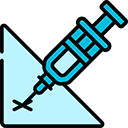
Closure
Layered closure; dissolvable sutures/skin glue in many cases.

Recovery (PACU)
Pain control, neurologic checks, walking the same day in many MIS cases.

Home vs. vernight
Many MIS decompressions are same-day; fusions often overnight or short stay.
Book a consultation with a spine surgeon.
If you’ve been told you may need spine surgery or are exploring surgical options for chronic back or neck pain, Dr. Greenwald and his dedicated team are here to help you make an informed decision. We’ll thoroughly assess your condition, discuss all available treatments, and create a surgical plan tailored to your needs and goals. Every step you take toward better spine health brings you closer to comfort, strength, and restored quality of life. Schedule your consultation today and take the first step toward expert spine care and long-term relief.
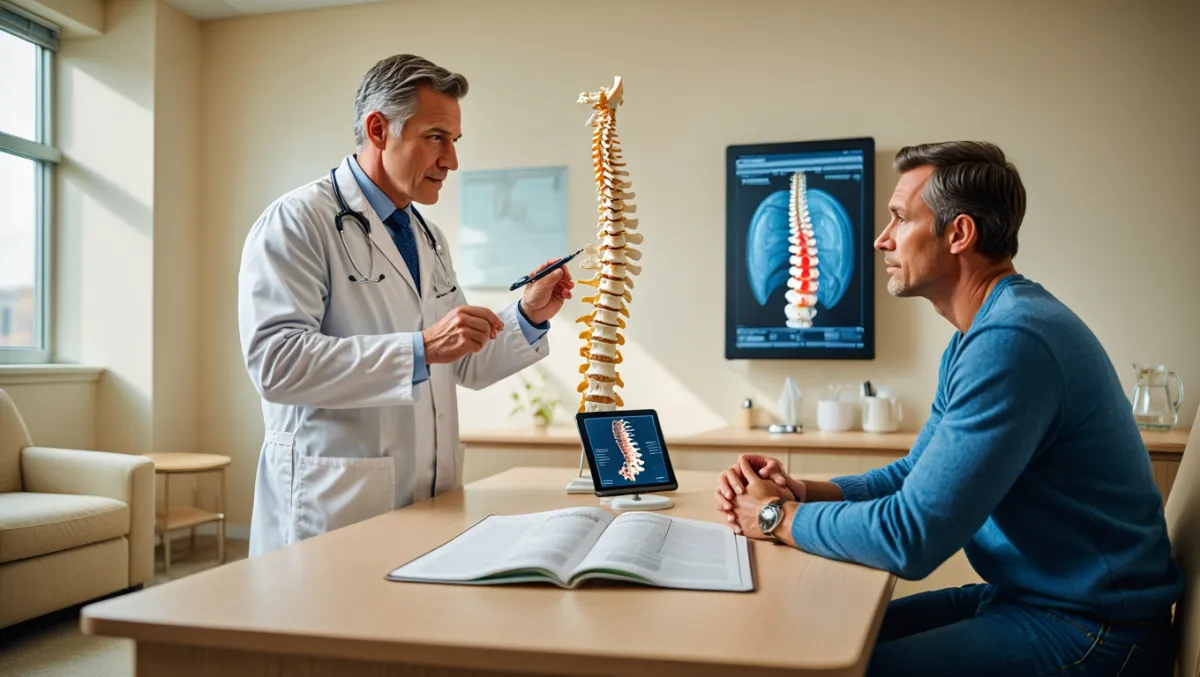

Dr. David L. Greenwald, M.D., F.A.C.S.
Neurosurgeon | Spine Surgeon | Regenerative Medicine
Dr. David L. Greenwald, MD, FACS, is a board-certified spine surgeon specializing in spine surgery for patients suffering from chronic pain, nerve compression, instability, or deformity of the spine. With decades of experience and advanced training in both traditional and minimally invasive techniques, Dr. Greenwald treats a wide range of spinal conditions, including herniated discs, spinal stenosis, fractures, and degenerative diseases. His approach emphasizes precision, safety, and individualized care—focusing on relieving pain, restoring function, and helping patients return to their normal lives as quickly as possible. Patients throughout South Florida trust Dr. Greenwald for his surgical expertise, compassionate care, and commitment to achieving the best possible outcomes.
Recovery Timeline

Back Pain Conditions
A specialized procedure to treat blocked arteries, ensuring better heart health and improved circulation.

2–6 weeks
Most MIS decompression patients resume light work once pain improved, then structured PT, if ordered.

6–12 weeks
Gradually return to more activity. People with office jobs are back to work after fusion in 6–8 weeks.

3–6 months
Strength and endurance rebuilding. Fusion bone healing continues (no nicotine).

6–12+ months
Full fusion consolidation complete. Most people return to all activities at the end of this period.
Frequently Asked Questions
How do I know if I need surgery?
If disabling pain or progressive weakness persists after a solid trial of conservative care—or if there’s significant compression/instability on imaging—surgery is considered. We’ll review options and outcomes together.
Is minimally invasive surgery as effective as open surgery?
For many conditions, yes. MIS achieves the same goals with less muscle disruption, which can mean less pain and a quicker recovery.
What are my restrictions after surgery?
Initially: no bending, lifting, or twisting; walk multiple short sessions daily. We tailor restrictions and reintroduce activity as you heal.
Will I need a brace?
Sometimes—especially after fusion or fractures. See Bracing for how we use braces short-term without weakening muscles.
What if I’m nervous about anesthesia or pain?
We combine advanced imaging, conservative-first care, and surgical expertise from one of the nation’s top neurosurgeons.
How long before I can work out again?
Walking starts immediately. Light strengthening often begins by 2–6 weeks (procedure-dependent). Impact lifting and sports come later under guidance.
What happens if surgery doesn’t help?
We set realistic expectations up front and track outcomes closely. If results lag, we troubleshoot early—adjusting PT, medications, or imaging to find and fix the barrier.
Book your Spine Care Consultation Today!


Desert Spine and Pain
Patient Centered & Partner Focused
Quick Links
Resources
Connect With Us
© Desert Spine and Pain. 2025. All Rights Reserved. Sitemap
